How to Dive for a Volleyball: Techniques and Practices for Making Defensive Dives
As a professional volleyball player with over 10 years of experience, I have come to realize that making a successful dive for a volleyball is not only crucial to winning a game but also requires a lot of practice and technique. Whether you are a beginner or an experienced player, diving for a volleyball can be a challenge. However, with the right techniques and practices, you can master the art of diving and become a pro.
In this article, I will share my personal experience and insights on how to dive for a volleyball. We will start by discussing the importance of diving, the basic technique of diving, and the different types of dives. We will also explore the common mistakes to avoid when diving for a volleyball and how to develop the necessary skills through drills and exercises.
Whether you are a libero, a defensive specialist, or just looking to improve your game, this article is for you. By the end of this article, you will have the knowledge and skills you need to make successful dives and take your game to the next level.
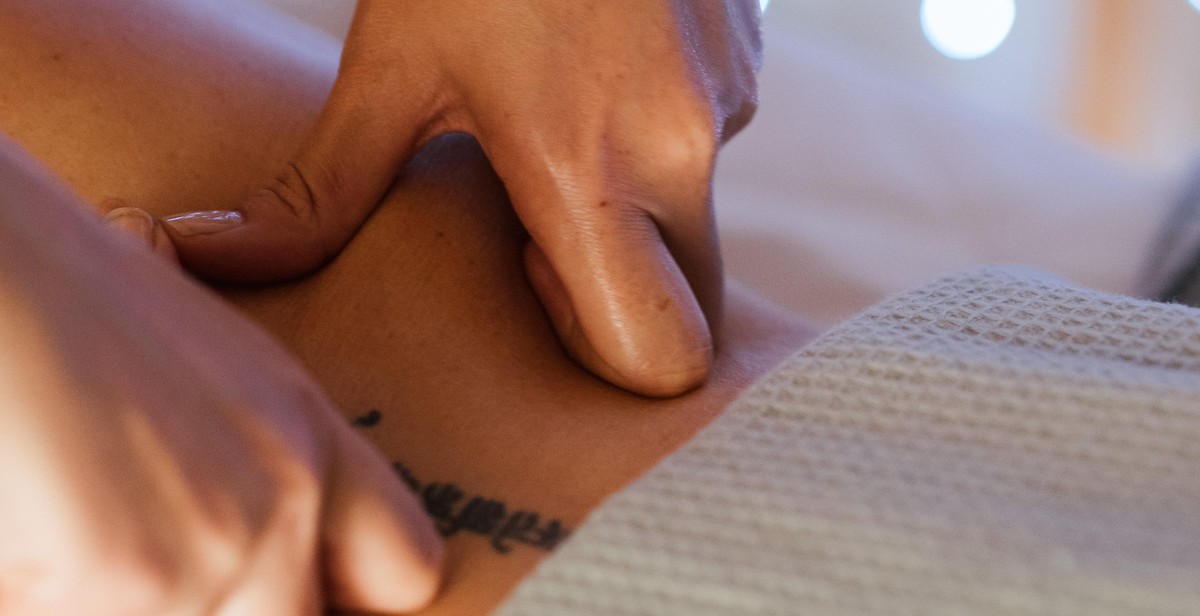
Understanding the Basics of Volleyball Diving
Volleyball diving is an essential defensive skill that every player must learn to master. Diving allows players to save balls that would otherwise hit the ground and score points for the opposing team. In this section, we will discuss why diving is important in volleyball and the fundamentals of volleyball diving.
Why Diving is Important in Volleyball
One of the primary reasons diving is important in volleyball is that it allows players to extend their reach and save balls that are too far away to reach with a traditional dig or block. Diving can also prevent injuries, as players can use their bodies to absorb the impact of hitting the ground rather than risking a collision with another player or object.
Additionally, diving is an excellent way to demonstrate commitment and effort on the court. Coaches and teammates appreciate players who are willing to put their bodies on the line to save a point, and it can also be a morale booster for the team.
The Fundamentals of Volleyball Diving
The most important aspect of volleyball diving is proper technique. To perform a dive, players should start by taking a small step in the direction they want to dive and then quickly dropping to the ground while extending their arms and legs. It is essential to keep the arms and legs straight to create a larger surface area to make contact with the ball.
Players should aim to land on their chest with their arms and legs extended, using their core muscles to cushion the fall. It is also crucial to keep the head up and eyes on the ball to ensure proper contact.
Lastly, players should practice diving from various angles and positions to prepare for different game situations. This includes practicing dives to the side, forward, and backward, as well as diving to save balls that are low to the ground.
- Proper technique is crucial for successful volleyball diving
- Players should aim to land on their chest with their arms and legs extended
- Keep the head up and eyes on the ball to ensure proper contact
- Practice diving from various angles and positions to prepare for different game situations
By mastering the fundamentals of volleyball diving, players can become an asset to their team and make game-changing defensive plays. Practice and repetition are key to improving this skill, so players should dedicate time to honing their diving technique.
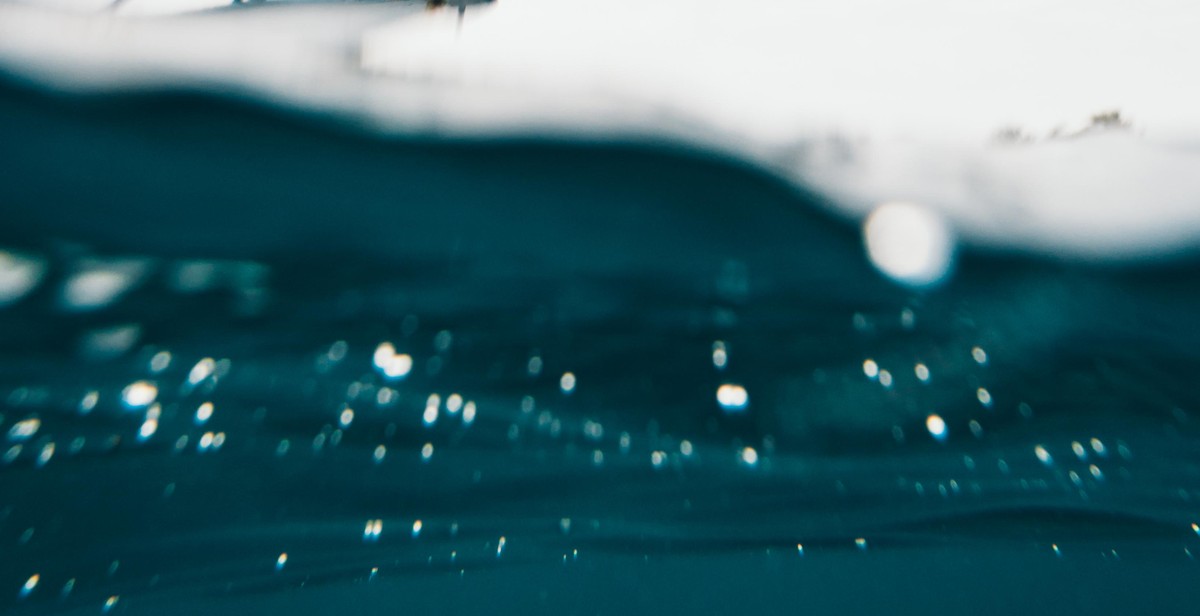
Techniques for Making Defensive Dives
Diving for a volleyball is a crucial skill that every player should master. It can be the difference between winning and losing a point. Here are some techniques that you can use to make defensive dives:
Preparation before Diving
Before diving, it’s important to prepare yourself mentally and physically. Focus on the ball and anticipate where it’s going to land. Position your body in such a way that you can move quickly in any direction. Keep your knees bent, weight on the balls of your feet, and your arms out in front of you.
The Correct Body Position for Diving
The correct body position for diving is to keep your arms out in front of you, with your palms facing down. As you dive, tuck your chin into your chest and keep your eyes on the ball. Your body should be parallel to the ground, with your hips and shoulders in a straight line. This will help you move quickly and efficiently to get to the ball.
The Roll Technique
The roll technique is the most common type of defensive dive. As you approach the ball, lower your body to the ground and extend your arms out in front of you. As you dive, roll onto your side and use your momentum to get back up quickly. This technique is effective for low balls that are close to the ground.
The Pancake Technique
The pancake technique is used for balls that are too low to dive for. As the ball approaches, slide your hand under it with your palm facing up and fingers together. Push up with your arm and wrist, keeping your fingers together to create a flat surface. This will allow you to keep the ball off the ground and make a save.
| Technique | Description |
|---|---|
| Preparation before Diving | Position your body in a way that you can move quickly in any direction. |
| The Correct Body Position for Diving | Keep your arms out in front of you, with your palms facing down. Your body should be parallel to the ground, with your hips and shoulders in a straight line. |
| The Roll Technique | Roll onto your side and use your momentum to get back up quickly. This technique is effective for low balls that are close to the ground. |
| The Pancake Technique | Slide your hand under the ball with your palm facing up and fingers together. Push up with your arm and wrist, keeping your fingers together to create a flat surface. |
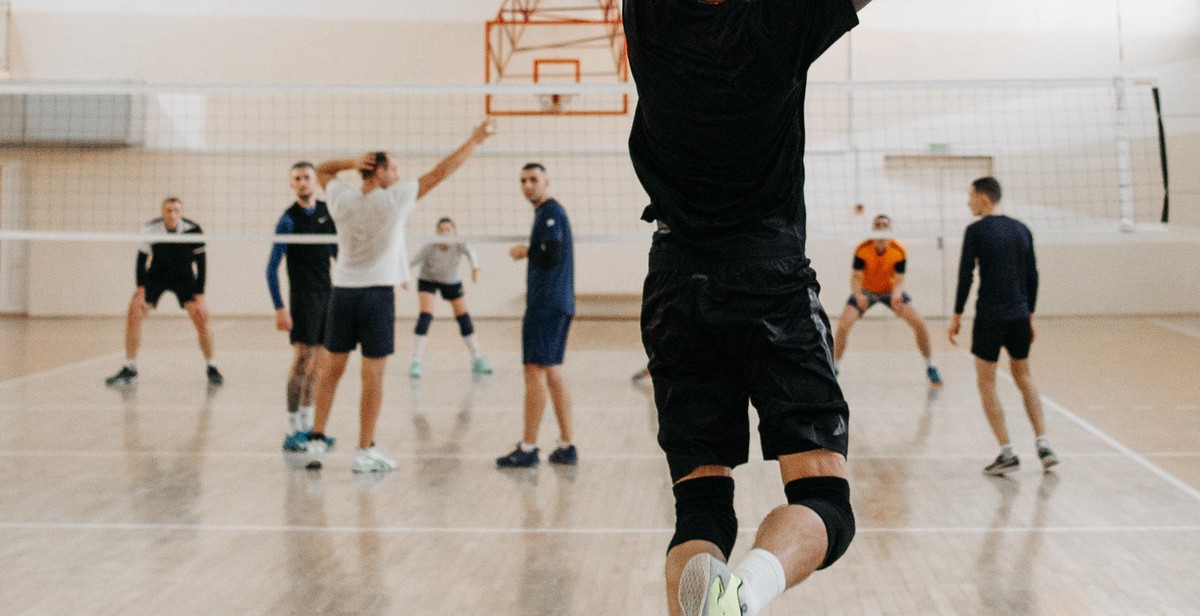
Practices to Improve Your Volleyball Diving Skills
Diving for a volleyball can be a challenging move to master. However, with consistent practice and proper technique, anyone can improve their diving skills. Here are some drills and exercises that can help enhance your diving technique and strengthen your core and leg muscles:
Drills to Enhance Your Diving Technique
1. Dive and Roll Drill: This drill involves diving for the ball and rolling over your shoulder to get back up quickly. It is a great way to practice diving and getting back up to your feet in a hurry. Start by diving for the ball and rolling over your shoulder. As you roll, push off the ground with your back foot to get back up quickly.
2. Partner Toss Drill: This drill requires a partner to toss the ball to you while you practice diving to the left and right. Start by standing in the middle of the court while your partner tosses the ball to your left and right. Dive for the ball and try to make a clean pass back to your partner.
Exercises to Strengthen Your Core and Leg Muscles
1. Plank: The plank is a great exercise for strengthening your core muscles. Start by getting into a push-up position with your arms straight and your body in a straight line. Hold this position for as long as you can.
2. Lunges: Lunges are a great exercise for strengthening your leg muscles. Start by standing with your feet shoulder-width apart. Step forward with one foot and lower your body until your front knee is bent at a 90-degree angle. Push back up to the starting position and repeat with your other leg.
| Drills | Exercises |
|---|---|
| Dive and Roll Drill | Plank |
| Partner Toss Drill | Lunges |
By incorporating these drills and exercises into your training routine, you can improve your diving technique and become a more effective defender on the volleyball court.
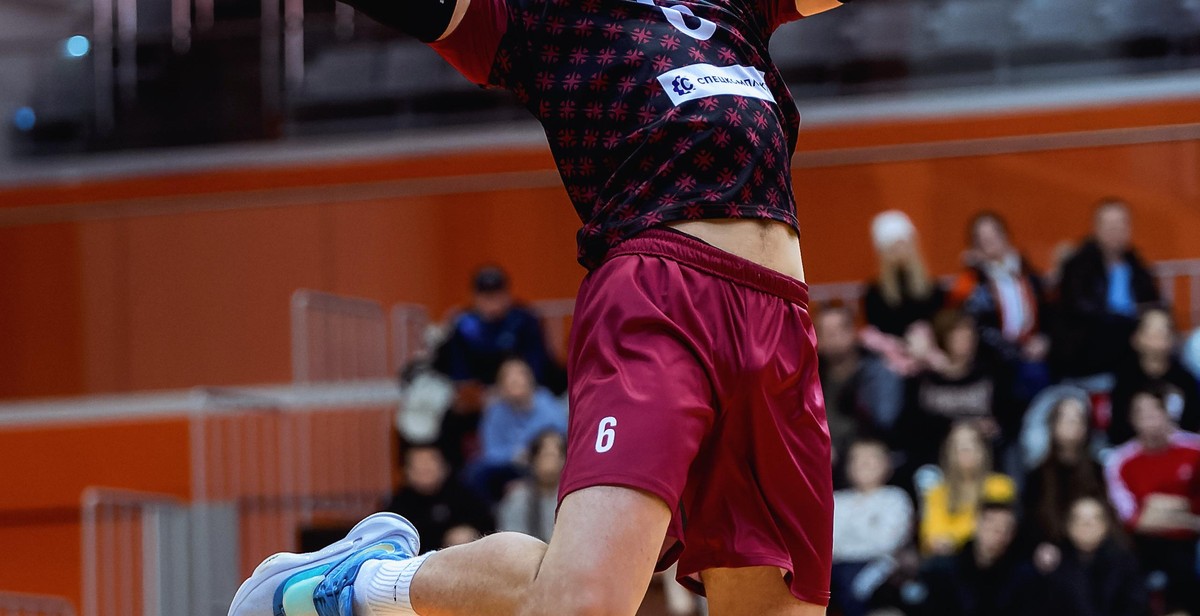
Common Mistakes to Avoid When Diving for a Volleyball
Diving for a volleyball can be a difficult and intimidating task, especially for beginners. However, even experienced players can make mistakes that can cost their team valuable points. Here are some common mistakes to avoid when making a defensive dive:
1. Not Staying Low Enough
One of the biggest mistakes players make when diving for a volleyball is not staying low enough. When approaching the ball, it’s important to keep a low center of gravity and bend your knees. This will allow you to generate more power when diving and give you better control over your movements.
2. Not Keeping Your Eyes on the Ball
Another mistake players often make is taking their eyes off the ball when diving. It’s important to keep your eyes on the ball at all times, as this will help you make contact with it in the right spot and increase your chances of successfully returning it to the other side of the net.
3. Not Using Your Arms Correctly
Using your arms correctly is crucial when diving for a volleyball. Your arms should be extended in front of you, with your palms facing up and your elbows locked. This will help you absorb the impact of the dive and reduce the risk of injury.
4. Not Landing Correctly
Finally, failing to land properly after a dive can also lead to injuries and lost points. When landing, it’s important to keep your body balanced and your weight centered over your feet. This will help you maintain your momentum and quickly get back up to make another play.
Conclusion
Avoiding these common mistakes can help you become a better defensive player and make more successful dives on the volleyball court. Remember to stay low, keep your eyes on the ball, use your arms correctly, and land safely to maximize your chances of success.
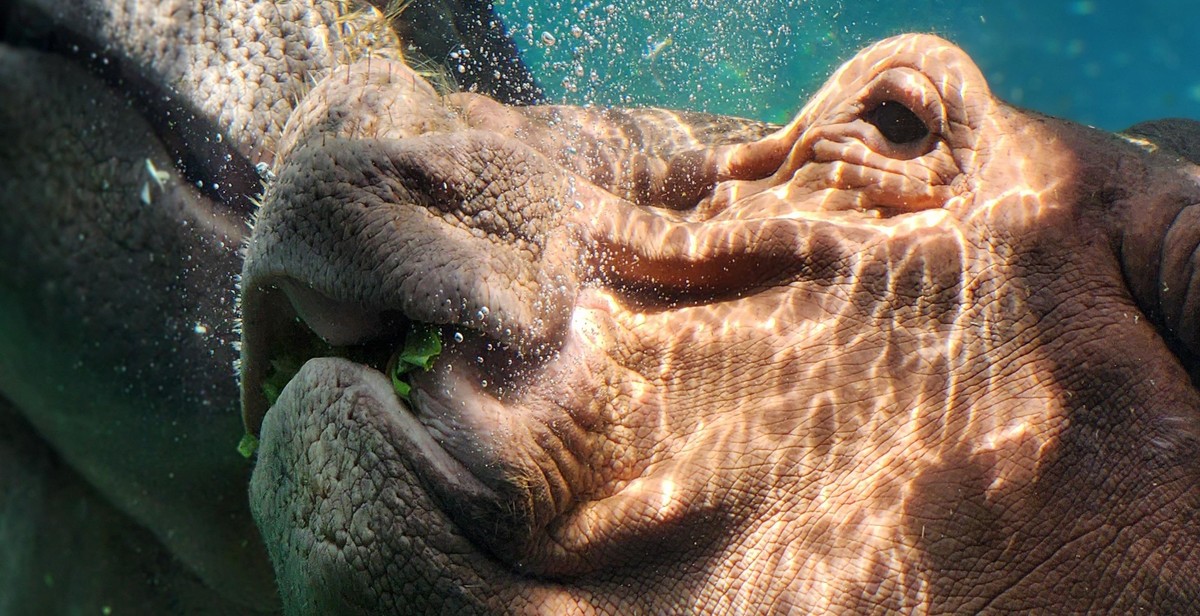
Conclusion
Diving for a volleyball is a crucial skill that every player should learn. It requires quick reflexes, agility, and proper technique to execute it effectively. In this article, we have discussed various techniques and practices for making defensive dives, including positioning, footwork, body control, and arm movements.
Remember, diving for a volleyball is not just about making the dig but also preventing injuries. Therefore, it is essential to practice proper technique and safety measures to avoid unnecessary risks.
It is also worth noting that diving for a volleyball is not just a physical skill but also a mental one. It requires focus, determination, and the willingness to put your body on the line to make the play. By training your mind and body, you can develop the confidence and skills needed to become a successful volleyball player.
Lastly, always keep in mind that practice makes perfect. Do not be discouraged if you do not get it right the first time. Keep practicing and learning from your mistakes, and soon enough, you will be diving like a pro.
References
- “How to Dive for a Volleyball: Techniques and Tips.” Active, 17 Oct. 2019, www.active.com/volleyball/articles/how-to-dive-for-a-volleyball-techniques-and-tips.
- “How to Dive for a Volleyball.” Volleyball.com, www.volleyball.com/how-to-dive-for-a-volleyball.
- “How to Dive for a Volleyball: 12 Steps (with Pictures).” WikiHow, 29 Mar. 2019, www.wikihow.com/Dive-for-a-Volleyball.
